From this reality, many practical initiatives have emerged, contributing to extending the lifespan of clothing, avoiding waste, and at the same time fostering a spirit of sharing and spreading the message of living more responsibly towards the environment.
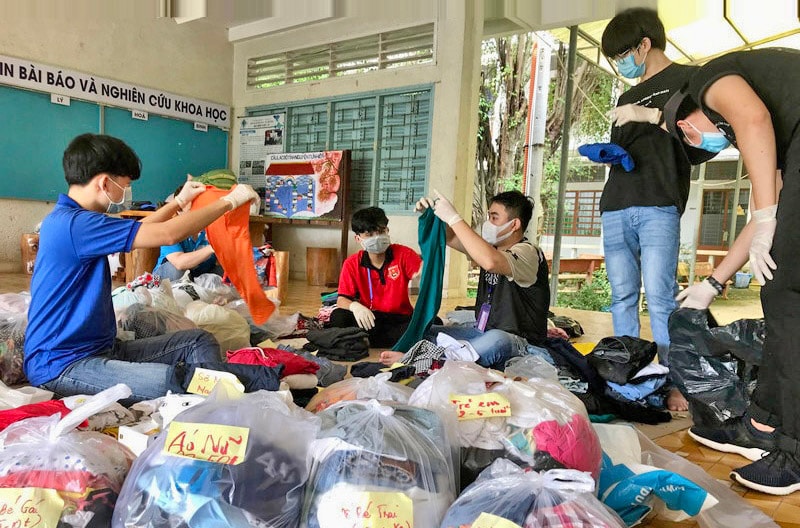
According to a report by the United Nations Environment Programme (UNEP), the fashion industry currently accounts for approximately 10% of global carbon emissions and generates up to 92 million tons of waste annually. Significantly, a large portion of this waste could still be reused if properly collected, recycled, and distributed.
A study by Oxford University (UK) also warns that, without effective emission reduction measures, greenhouse gas emissions from the fashion industry could increase from 2.1 billion tons in 2018 to 2.7 billion tons in 2030, further exacerbating the global environmental crisis.
Besides causing air pollution, the fashion industry also consumes a huge amount of resources. According to Earth.org, on average, a shirt is only worn about 7-10 times before being discarded. However, producing a simple cotton shirt requires 2,700 liters of water, and a pair of jeans consumes up to 7,000 liters. In addition, wastewater from dyeing and fabric processing is also a serious source of pollution, affecting the environment and public health.
Faced with this situation, many organizations, individuals, and communities have come up with concrete initiatives to "revive" old clothes. This action not only contributes to environmental protection and makes old clothes more useful, but also spreads profound humanitarian values.
With that goal in mind, the "Warmth in Hand" program was launched in Hanoi in June 2025. Used high-end fashion items will be donated by individuals, brands, and stores, then thoroughly inspected and redistributed by a reputable entity specializing in pre-owned designer fashion. Profits from this activity will be used to purchase warm clothing for underprivileged children in mountainous regions.
Ho Thi Nga, CEO of Vietnam Children's Fund (a children's fundraising organization), shared: “Through the ‘Warmth in Hand’ program, we hope to call for the participation of all sectors of society, from celebrities and businesses to individuals, to share love together. Every item you cherish can become a new source of life for a child in a remote, underprivileged area.”
Many movements against clothing waste are spreading rapidly in the community, especially thanks to the influence of social media. Volunteer groups are formed and maintained persistently, specializing in collecting used clothing to continue the product's lifecycle, avoiding waste and sharing with those in need.
Ms. Hoang Thi Hien, a member of the Veterans' Volunteer Group in Hanoi, said: “For the past five years, we have continuously called for and collected used clothing from all over, then sorted, packaged, and sent it to poor people in the northern mountainous provinces. Some members of the group are willing to go to people's homes to pick up the clothes and bring them back to the collection warehouse for processing. Each shirt and pair of pants, though old, still has good usability and carries with it human kindness and sincere sharing.”
In reality, preventing clothing waste is not a far-fetched or difficult task. Everyone can start with small actions: don't rush to throw away a shirt that's still in good condition, fix a loose button, sew on a torn seam, or simply donate it to someone who needs it. This confirms that every item that seems to have no further use can become a valuable gift if given to the right place, at the right time, and to the right person.
Combating clothing waste is not only an act for the environment but also a way for people to affirm their human values.
Source: https://hanoimoi.vn/hoi-sinh-quan-ao-cu-gieo-yeu-thuong-xanh-710083.html








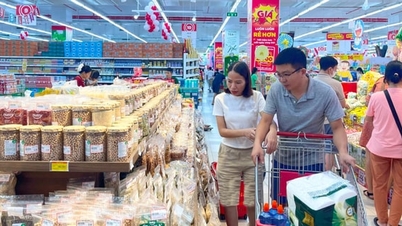


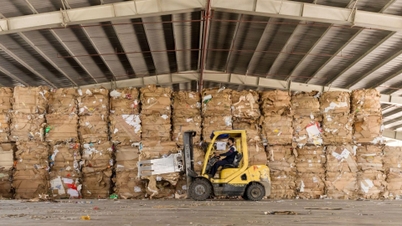

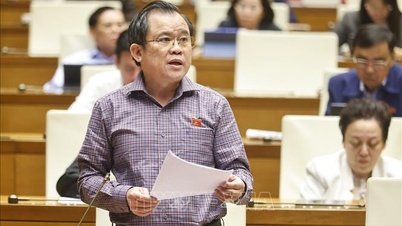

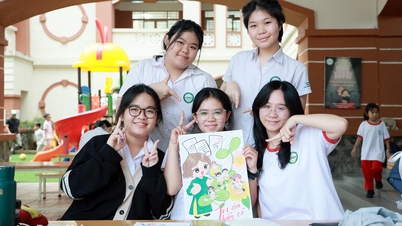

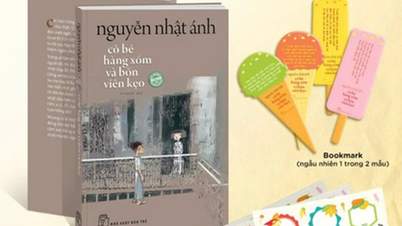

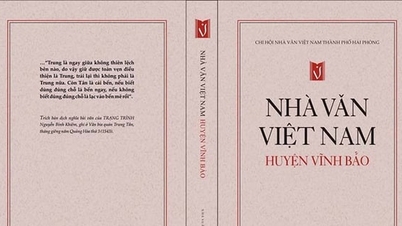
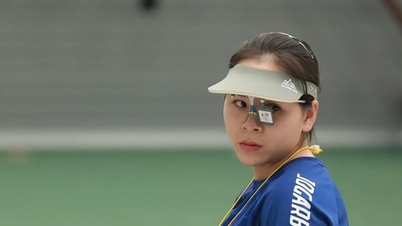
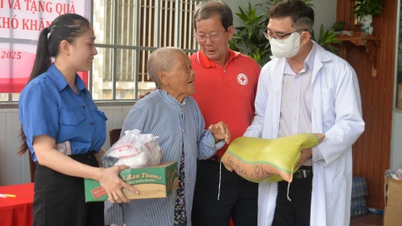

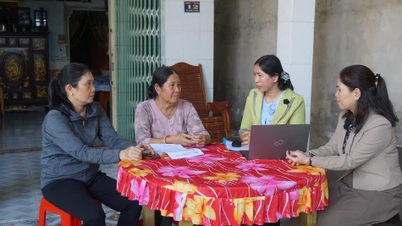
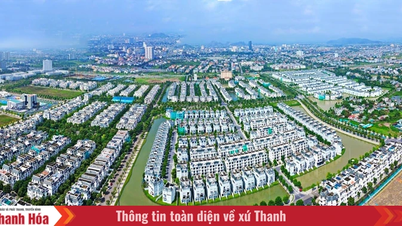

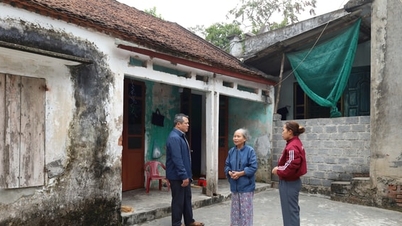




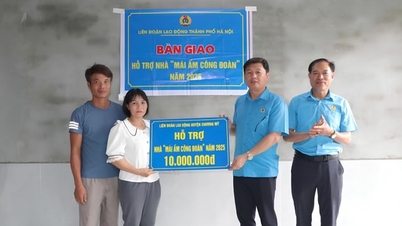
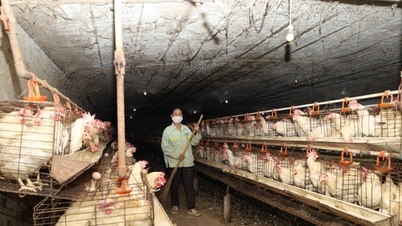
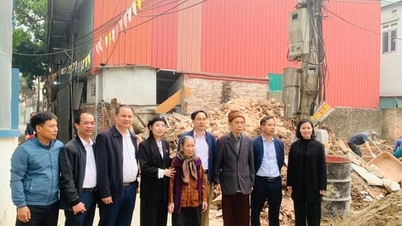
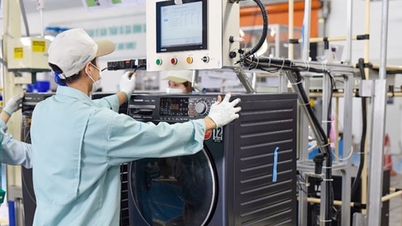
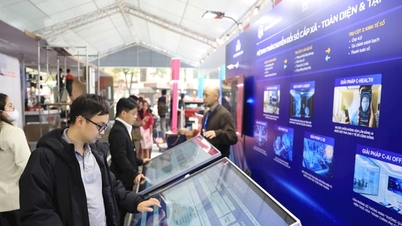


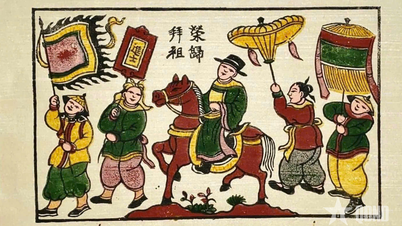

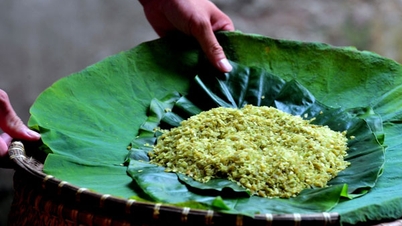

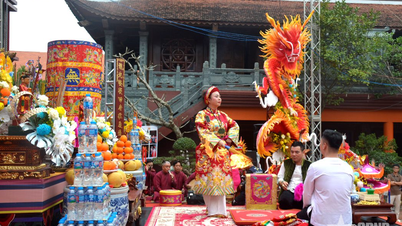








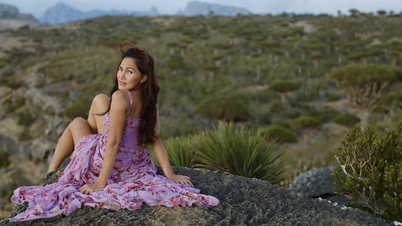

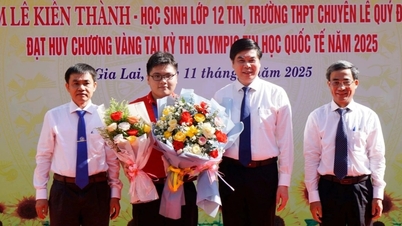


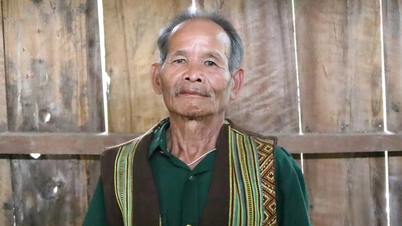

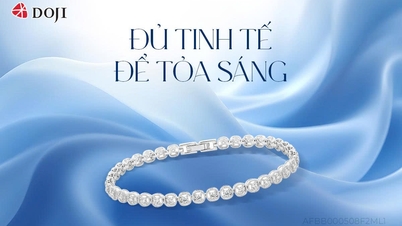

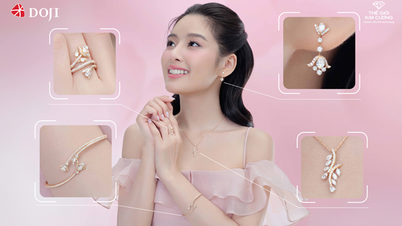

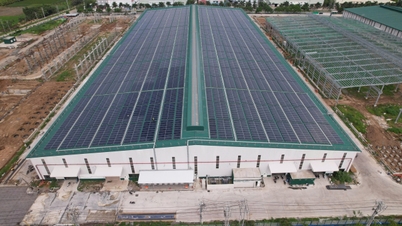


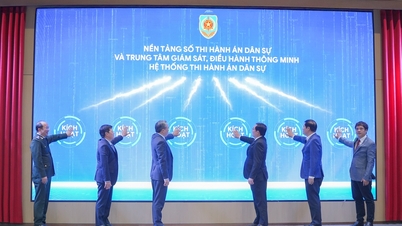

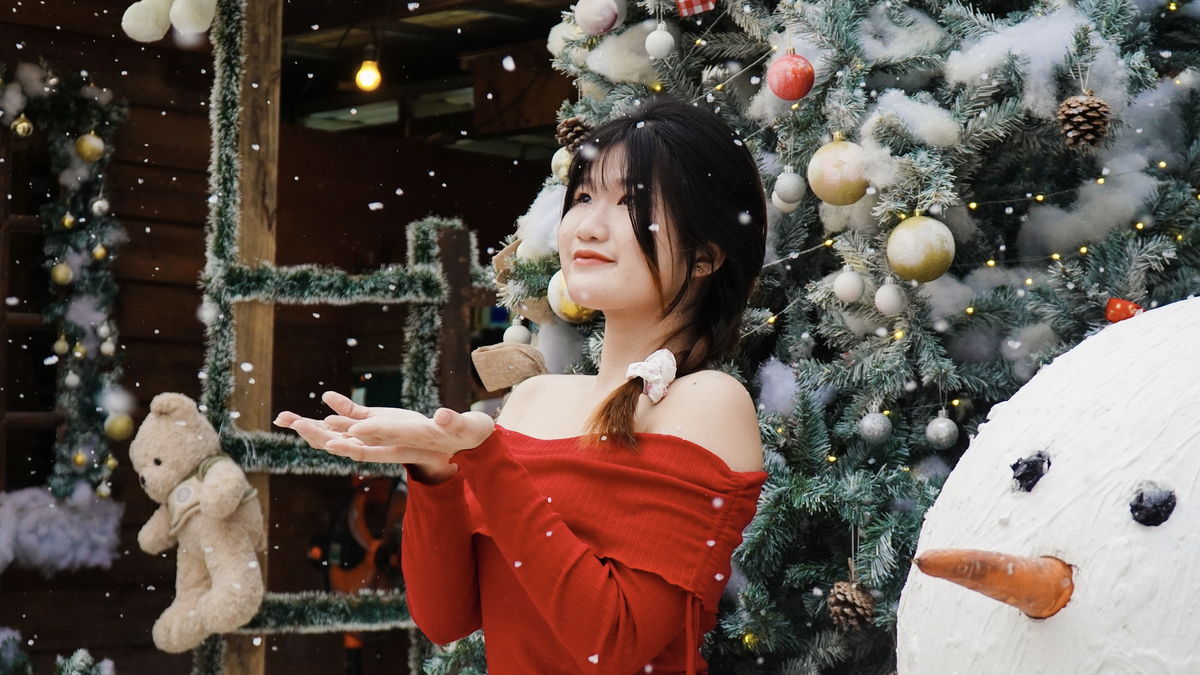




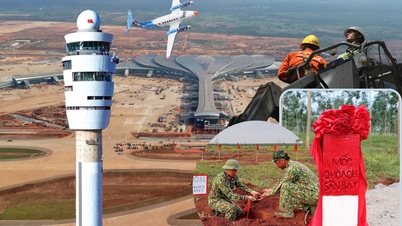







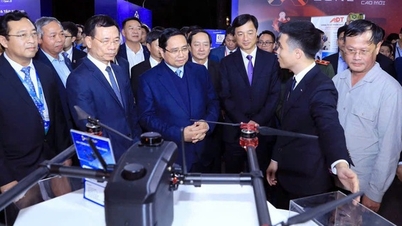

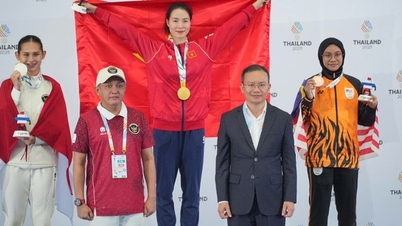

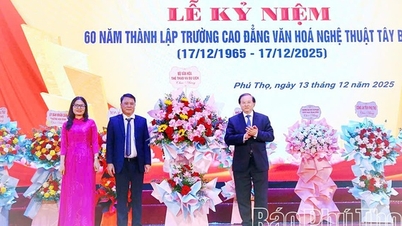
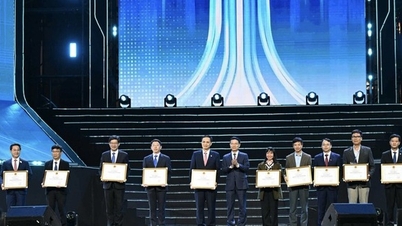
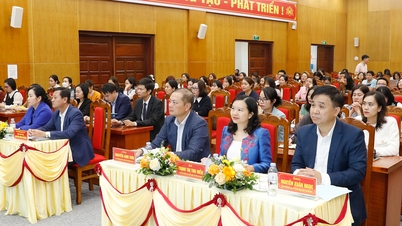

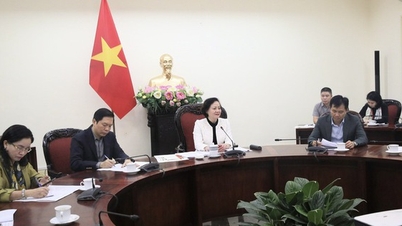
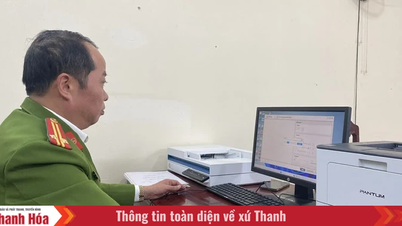


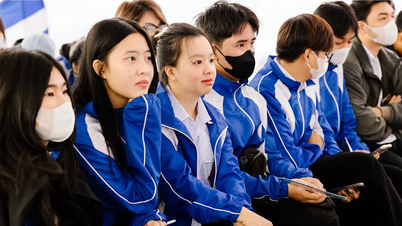
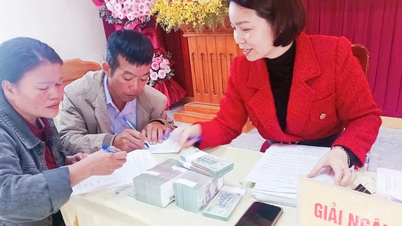









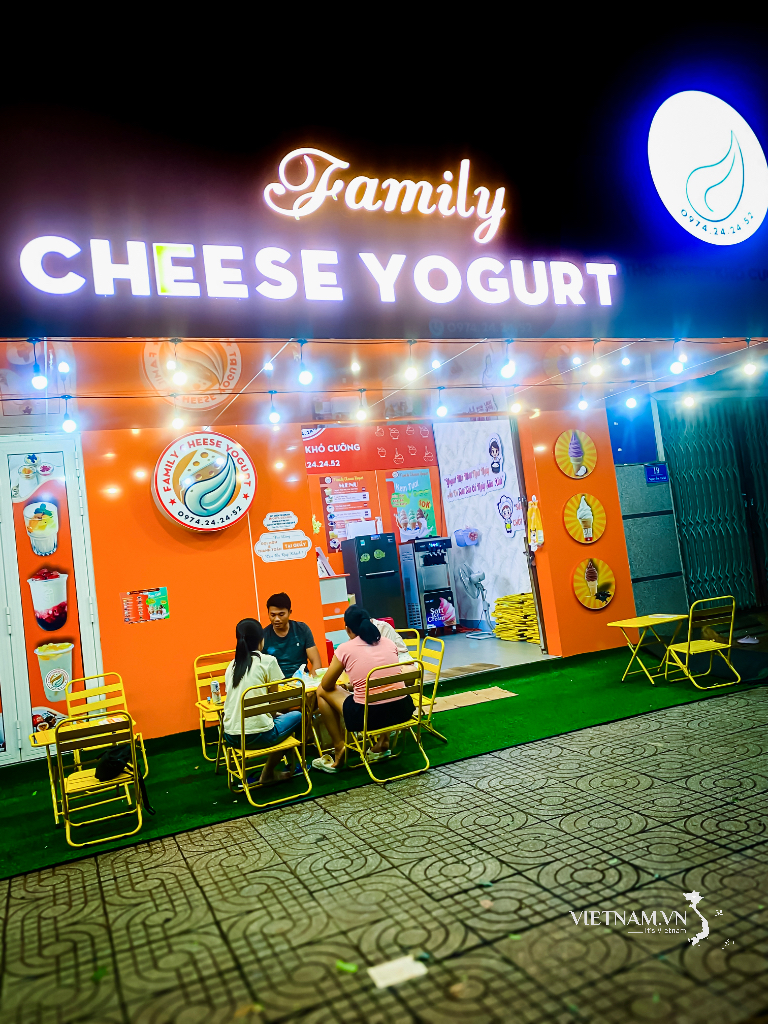

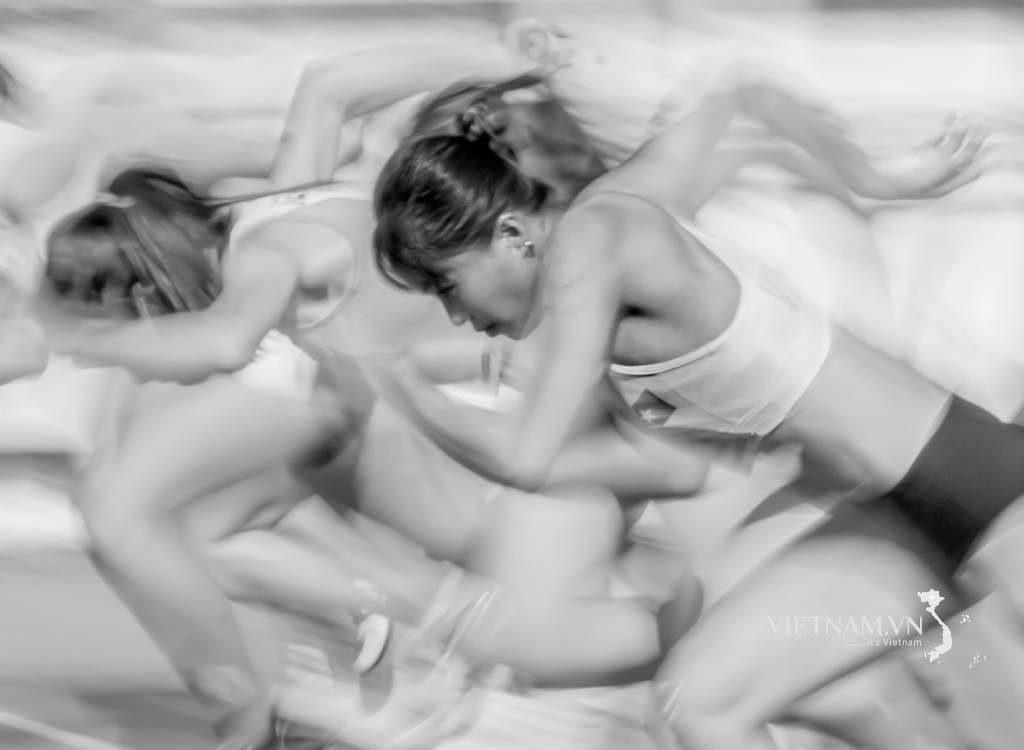

Comment (0)